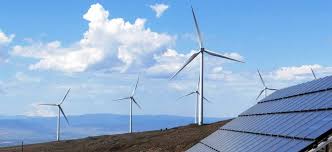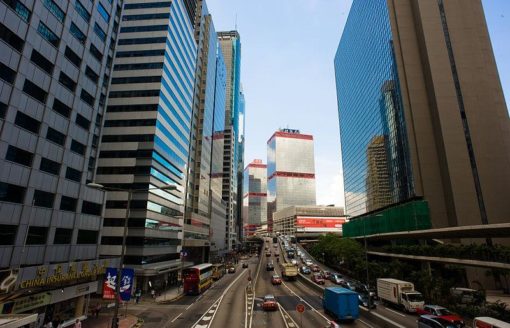Clean technology refers to any process, product or service that reduces negative impacts on the environment such as emissions of greenhouse gases and production of waste through energy efficiency enhancements, sustainable use of resources or environmental protection activities. It includes technology pertaining to renewables like wind, solar and water for energy generation and storage, electric vehicles for green transportation, information technology, water filtration, agriculture, recycling and many more.
Since coming into the spotlight around 2000, the amount of investment in clean technology has been significant, especially for clean energy production. According to Bloomberg New Energy Finance (BNEF), global clean energy investment in 2017 reached $333.5 billion, the second-highest since 2004 and up 3% over 2016. In recent years, solar and wind combined accounted for more than two-thirds of total investment in clean energy. BNEF in its report for 3Q 2018 says that China remains the largest investor in clean energy although the country’s total spending in the quarter of $26.7 billion was flat year-over-year due to a 23% decline in solar investment over 3Q 2017 owing to subsidy reduction in the form of lower feed-in tariff.
Separately, the International Energy Agency (IEA) commented in early October 2018 that global renewables growth will not be large enough to reverse a rebound in carbon dioxide emissions, which are expected to occur for the second straight year in 2018. Meanwhile, IEA projects more than 1,000 GW (gigawatt) of renewable energy capacity will be added between 2018 and 2023 globally, representing huge opportunities for investors and participants in the industry.
Even though the hydrocarbon-rich Gulf states in the Middle East countries are increasingly depending on renewable energy to meet their heightened demand for electricity, which is growing at a pace of 7-8% annually, due to economic growth and population expansion. For example, Saudi Arabia’s National Renewable Energy Plan calls for a capacity of 9.5 GW by 2023 with an interim goal of 3.45 GW installed capacity by 2020. These countries are turning to clean energy as the heavy consumption of crude oil has increased pollution substantially, making them among the top emitters of carbon dioxide on a per capita basis worldwide, with Qatar and Kuwait taking the first and third spots, according to IEA.




India and South Korea Lead the Surge in Media Content Production and Investment within Asia